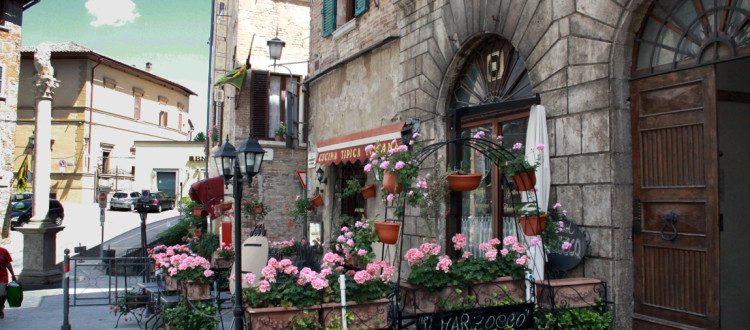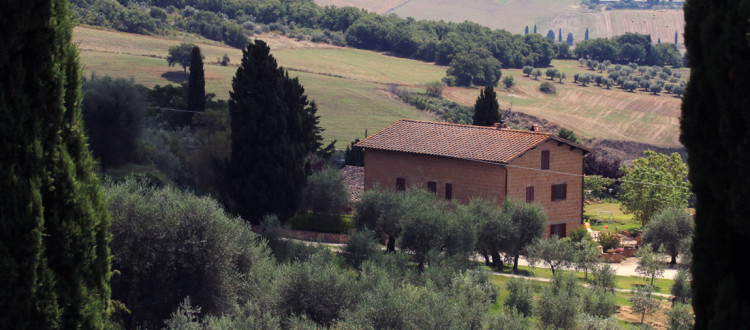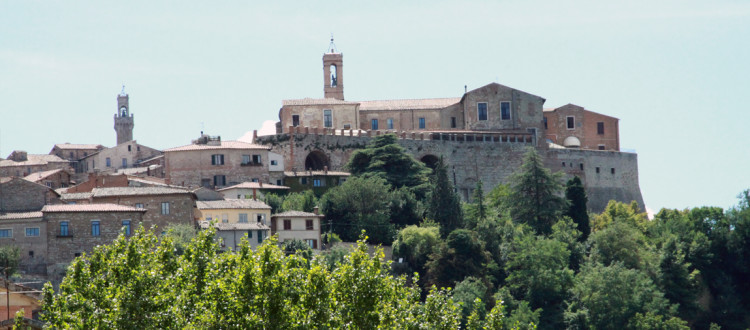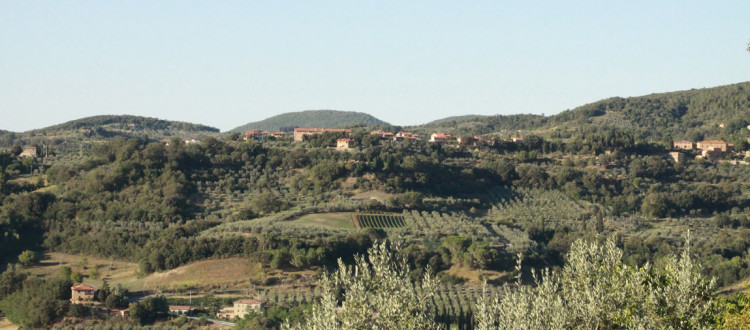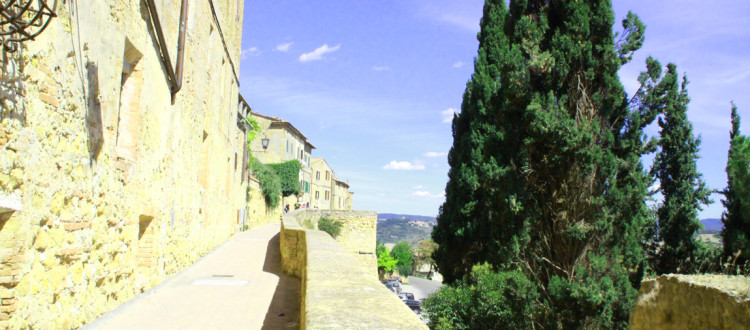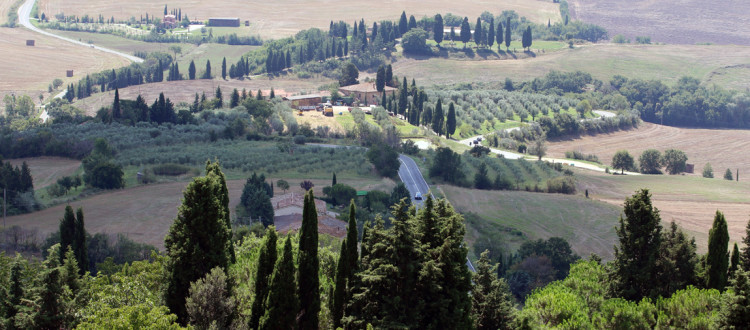From Pienza.com –
Pienza owes its beauty and fame to Enea Silvio Piccolomini born in Corsignano on 18 October 1405 and elevated to Pope in 1458 taking the name Pius II. During the course of his Papacy, he changed the ancient Castello di Corsignano (first mentioned in 828) into a Papal residence in the Renaissance style, planned and constructed under the supervision of Bernardo Gambarelli called il Rossellino, a student of Leon Battista Alberti, and renamed it Pienza.
Pienza is a rare example of Renaissance town design. Often described as the “ideal city” or the “utopian city”, it represents one of the best planned of Renaissance towns, where a model of ideal living and government was attempted, based on the concept of a town able to satisfy the needs of a peaceful and hardworking populace. It represented the so-called utopia of the “civitas” cherished by utopian thinkers for centuries. Pienza’s location in the centre of the Val d’Orcia, a wonderful and untouched valley, helps the town to embody the fundamental principle that humanistic architecture attempted to encorporate – the balanced relationship between Man and Nature.

